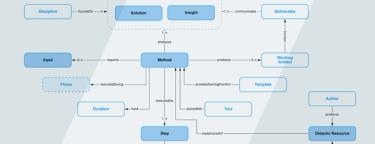Content Operations Engineering and Design

In the last several years, we’ve witnessed seismic shifts in how content is created, communicated, and consumed. To communicate effectively online, we now need models that transcend the page and treat content as a living asset, ready to flow wherever it creates value. While Information architecture remains essential, the holistic operationalization of how content is planned, created, published, and managed is now more crucial than ever. This is why I’m narrowing the scope of my practice to “content operations engineering and design,” with a focus on work with the Sanity platform.





